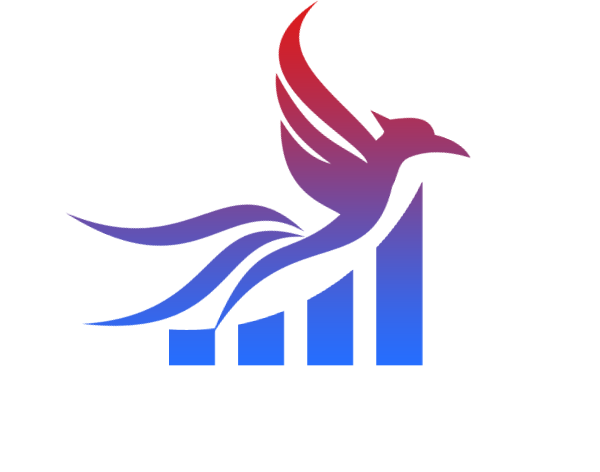Introduction to Digital Assets in Today’s World
- Content Writer
- August 20, 2023
- Estate Planning, Insurance and Financial Planning
- 0 Comments
In today’s digital age, our lives are as much online as they are offline. This shift in lifestyle has brought forth the concept of “digital assets” that are just as valuable – if not more – than physical ones. While physical assets like property, jewelry, and artwork have been passed down through generations, the modern age demands a method to transfer and protect our digital legacies.
Elements of Digital Assets:
- Cryptocurrency: Bitcoin, Ethereum, and thousands of other cryptocurrencies represent significant financial assets. Unlike traditional currencies, they exist solely in digital form, and their decentralized nature presents unique challenges and opportunities for inheritance and security.
- Digital Photo Albums: With smartphones and social media, billions of photos and memories are now stored online. These digital memories carry sentimental value and sometimes even monetary value (like professional photographers’ portfolios).
- Social Media Accounts: Profiles on platforms like Facebook, Twitter, Instagram, and LinkedIn have become digital extensions of ourselves. They house our personal interactions, memories, business contacts, and even serve as platforms for income for influencers.
- Online Businesses: Whether it’s an eCommerce store on Shopify, a blog that earns revenue, or a YouTube channel, these online enterprises are valuable assets with tangible financial worth.
Securing Digital Assets:
- Use Strong and Unique Passwords: Regularly update and diversify your passwords. Use password managers to keep track without compromising security.
- Two-Factor Authentication (2FA): Always enable 2FA where possible, as it provides an additional layer of security beyond just a password.
- Cold Storage for Cryptocurrencies: Keep a significant portion of your cryptocurrency holdings in offline storage, away from internet vulnerabilities.
- Regular Backups: Regularly back up digital photo albums, blogs, or any other digital content. Use both cloud storage and physical drives.
- Legal Framework: Consult with legal professionals to understand how your digital assets can be incorporated into wills or trusts.
Ensuring Digital Assets Are Passed On:
- Digital Will: Create a digital will specifying the distribution of your digital assets. Platforms like SafeBeyond or Everplans can assist in this regard.
- Appoint a Digital Executor: Assign someone you trust to handle your digital assets after your demise. Educate them about your digital footprint and your wishes regarding each asset.
- Use Legacy Tools: Platforms like Facebook offer “Legacy Contact” features that allow users to assign account management to a trusted individual upon their passing.
Real-World Scenarios:
- Cryptocurrency Complications: After the unexpected death of Gerald Cotten, CEO of QuadrigaCX (a Canadian crypto exchange), in 2019, it was revealed that he had sole access to the exchange’s cold wallets. This resulted in a loss of approximately $190 million in customer funds, highlighting the risks of not having a contingency plan for digital assets.
- Loss of Digital Memories: Individuals often lose access to loved ones’ photos and videos on platforms like Google Photos or iCloud, either because they don’t have the password or the platform’s policy doesn’t allow for easy access posthumously.
In conclusion, as digital assets become increasingly significant, planning for their security and posthumous management is imperative. A proactive approach can prevent unexpected complications and ensure that the digital legacy remains intact.


